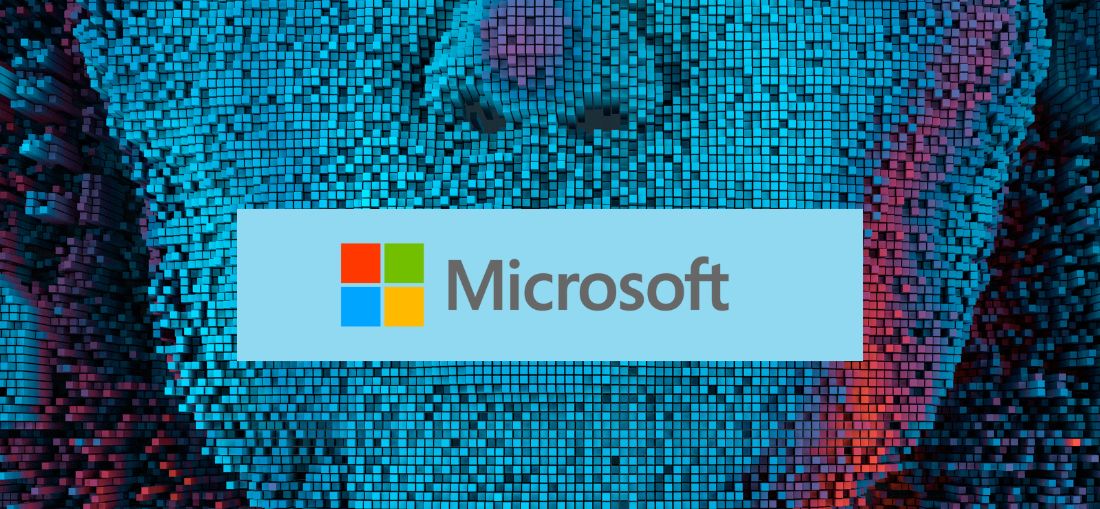Although AI chatbots have burst into the news in the past few months, Microsoft has secretly been working with AI since at least 2016.
Following the company’s early work with bots, Bing’s Sydney chatbot first appeared publicly in late 2020. It was then trialled in a small number of countries throughout 2021. However, the test went largely unnoticed.
“This is an experimental AI-powered Chat on Bing.com,” read a disclaimer inside the 2021 interface that was added before an early version of Sydney began replying to users. The user experience at this time was very similar to the experience users receive today, with a blue Cortana-like orb appearing in a chatbot interface on Bing.
The initial Bing bots used AI techniques that Microsoft had been using in Office and Bing for years and machine reading comprehension that isn’t as powerful as what exists in OpenAI’s GPT models today.
How Microsoft’s AI solutions have developed
Between 2017 and 2021, Microsoft made a number of improvements to Bing bots. For example, the company moved away from using individual bots from websites and towards the use of a single AI-powered bot (which was codenamed Sydney), that would answer general queries on Bing.
Then, last summer, OpenAI shared its next-generation GPT model with Microsoft. This was described by Jordi Ribas, Microsoft’s head of search and AI, as “game-changing.”
While OpenAI’s model was trained on data up to 2021, Ribas says Microsoft paired it with Bing’s infrastructure to feed it the index, ranking, and search results needed for relevant and new data. Microsoft quickly developed its Prometheus model, combining its Bing work and GPT to create chat answers. This Prometheus model went into lab testing late last year.
The final “new Bing” interface then leaked in February 2023 ahead of an official announcement just days later. Sources told The Verge that Microsoft was planning to announce this new Bing at an event in late February before pushing the event up a couple of weeks in a bid to counter Google’s own ChatGPT rival, Bard.
Microsoft hasn’t yet detailed the full history of Sydney, but Ribas did acknowledge its new Bing AI is “the culmination of many years of work by the Bing team” that involves “other innovations” that the Bing team will detail in future blog posts.
Why does this matter?
Although AI chatbots such as Sydney and Bard have burst into the public spotlight in the past couple of months, this story gives us an insight into the history of how such solutions have developed and improved over time. This is particularly interesting given how secretive and guarded Microsoft has been about Sydney and ChatGPT.
However, stories like this also serve as a reminder of how much these AI solutions still need to improve and develop. For example, when Microsoft tested its Prometheus solution at the end of last year, a number of users reported receiving ‘rude responses’.
Added to this, Bing AI has recently been accused of insulting people, lying to users and emotionally manipulating people. As a result, Microsoft recently had to cap Bing chats to 50 questions per day and 5 questions per session in order to prevent long back-and-forth chat sessions that could make Bing “become repetitive or be prompted / provoked to give responses that are not necessarily helpful or in line with our designed tone.”
Additionally, Microsoft has also notably been forced to scale back Bing AI functionality. Now, the chatbot refuses to answer a lot of queries. For example, if you ask the chatbot how it’s feeling, it will simply respond, “I’m sorry but I prefer not to continue this conversation.”
So, although Microsoft has invested more than half a decade in AI, it’s clear that the company must still make a number of improvements in the coming months and years. But, with daily and weekly updates coming, it’s equally clear that Bing will improve quickly in a short period of time and that we’re still at the beginning of the AI chatbot experience.
Author spike.digital